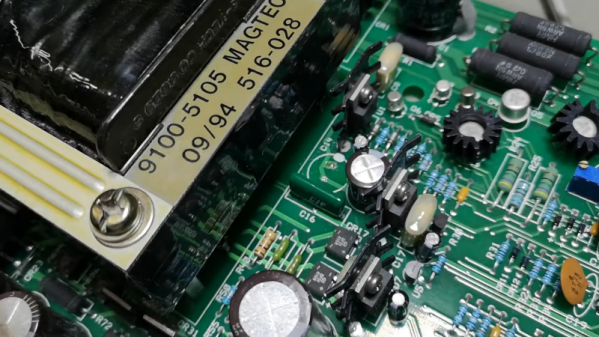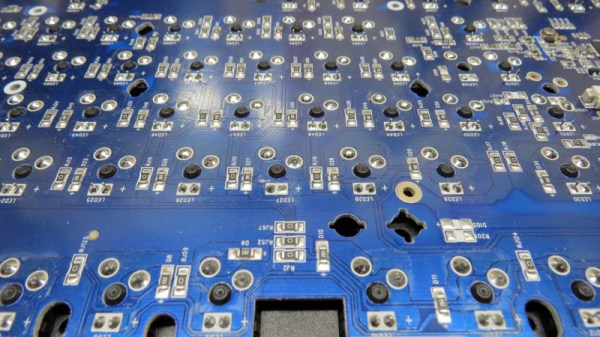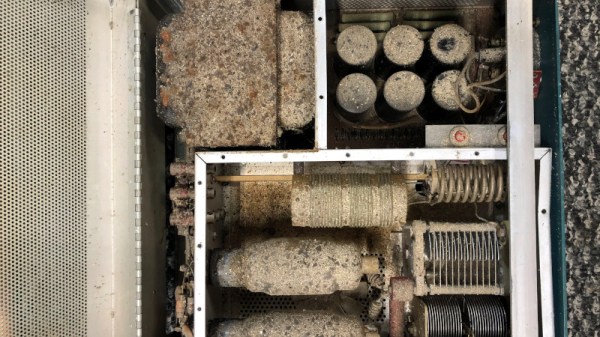We don’t know if you’ve looked into it recently, but the prices for vintage computers are through the roof right now. These classic machines are going through something of a renaissance at the moment, with even relatively commonplace computers commanding several hundred dollars if they’re in good condition. For those looking to start a collection without breaking the bank, you may need to accept some specimens that have seen better days.
That’s the situation [Vlado Vince] recently found himself in — he wanted to get his hands on a TRS-80 Model I, but wasn’t willing to spend eBay prices. So he waited until the Vintage Computer Federation’s swap meet in June and was able to snag a “fully functional” example for $95. Unfortunately the seller must have been using some form of that phrase which we were previously unaware of, as it took a considerable amount of work to get it back online.
Continue reading “Restoring The Cheapest TRS-80 At The Swap Meet”


















